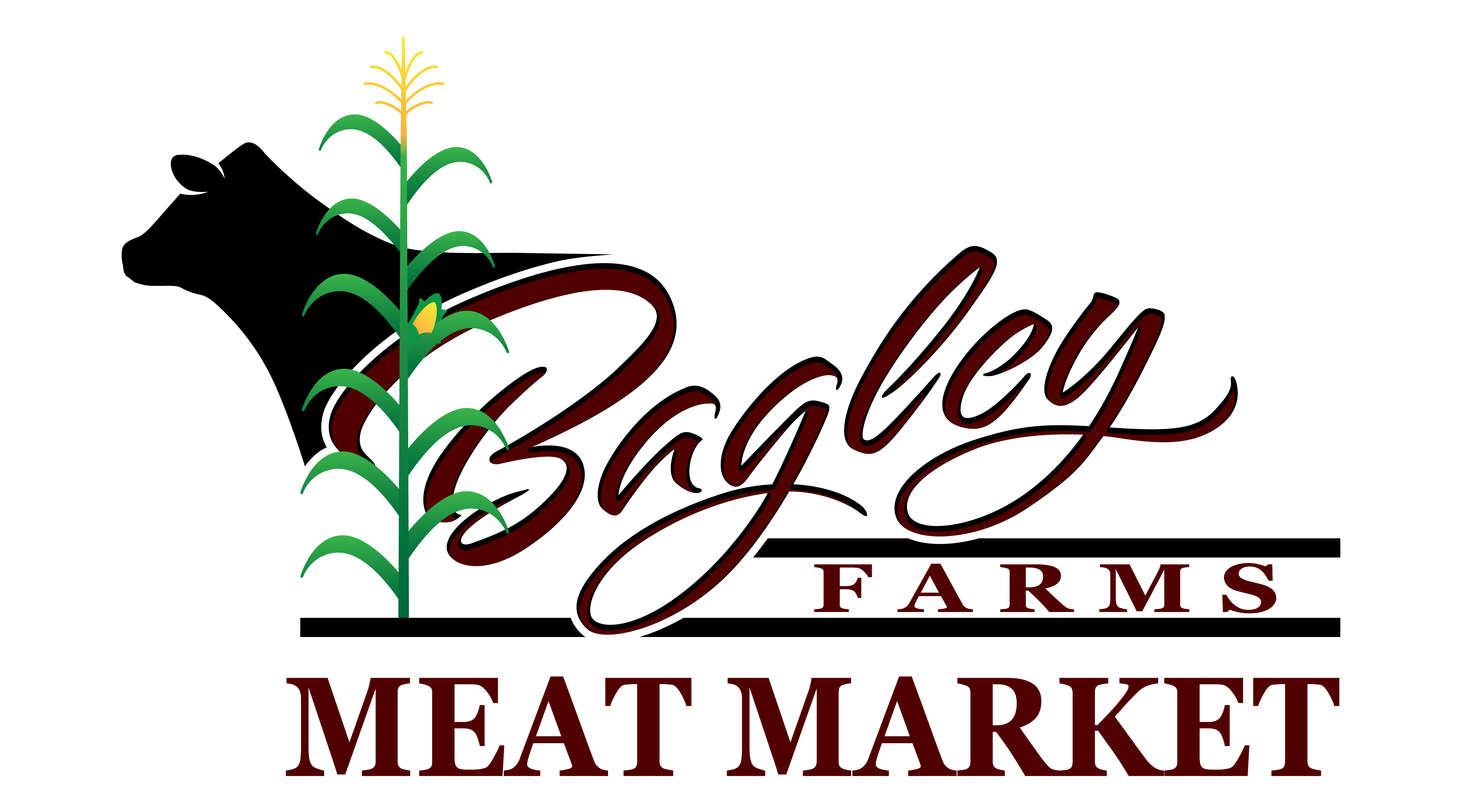The Nutritional Benefits of Incorporating Beef Tallow Into Your Diet
Beef tallow has actually garnered interest for its special nutritional account, which includes a rich selection of necessary fatty acids and fat-soluble vitamins that can support total health. The effects of incorporating this standard fat into modern-day dietary methods welcome a closer examination of its prospective advantages and disadvantages.

Nutrient Account of Beef Tallow
Beef tallow flaunts an abundant nutrient account that makes it a beneficial enhancement to numerous diet regimens. Primarily composed of saturated and monounsaturated fats, beef tallow is roughly 50-60% saturated fat, which contributes to its stability at high cooking temperatures. This characteristic makes it an outstanding option for frying and toasting, as it withstands oxidation and maintains its nutritional high quality.

Additionally, beef tallow is free from trans fats, making it a healthier choice to numerous veggie oils. Its nutrient thickness not only supplies power however additionally aids in the absorption of nutrients from other foods. As a typical cooking fat, beef tallow can improve the taste of dishes while adding to total nutritional intake, straightening well with various dietary choices, consisting of low-carb and ketogenic diet regimens.
Wellness Advantages of Healthy Fats
Integrating healthy and balanced fats like those located in beef tallow into the diet regimen can yield various health and wellness advantages that sustain total health. Healthy and balanced fats play a crucial role in preserving mobile framework, hormone manufacturing, and nutrient absorption. They are essential for optimal brain function, as the brain is made up of virtually 60% fat, predominantly healthy fats.
One notable advantage of healthy and balanced fats is their payment to heart wellness (where to buy beef tallow). As opposed to out-of-date beliefs that all fats contribute to cardiovascular disease, researches show that healthy and balanced fats can enhance cholesterol levels and reduce swelling, inevitably reducing the danger of heart problem. Additionally, fats, such as those found in beef tallow, are a secure resource of energy, providing continual gas for exercises and metabolic processes
Moreover, healthy and balanced fats can help in weight administration by promoting satiation, which can help in reducing overindulging. They also support the absorption of fat-soluble vitamins, consisting of A, D, E, and K, improving overall nutrient uptake. By including beef tallow and various other healthy fats right into the diet plan, individuals can boost their nutritional account while appreciating a wide variety of health advantages that foster durability and vigor.

Food Preparation With Beef Tallow
Food preparation with beef tallow provides a flavorful and flexible choice for a selection of cooking applications. This rendered fat, originated from beef, boasts a high smoke point of around 400 ° F(204 ° C ), making it ideal for frying, sautéing, and roasting - where to buy beef tallow. Its robust flavor enhances meals, giving an abundant, savory quality that complements various components
Beef tallow is especially appropriate for typical food preparation approaches, such as deep frying, where it can create an excellent crust on meats and vegetables. The fat's ability to endure heats without breaking down guarantees that you achieve crispy textures while retaining moisture discover here within the food. Additionally, its secure nature suggests it can be recycled numerous times for frying, making it a cost-efficient selection for home chefs and specialist cooking areas alike.
In cooking, beef tallow can work as a replacement for butter or reducing, supplying a special deepness of taste to pastries and pie crusts. It can be integrated into sauces and sauces, enhancing their taste and offering a lush mouthfeel. By embracing beef tallow in your food preparation collection, you can elevate your dishes while utilizing its nutritional advantages.
Comparisons With Other Fats
When examining cooking fats, beef tallow stands out in comparison to various other typical alternatives such as vegetable oils, butter, and lard. Beef tallow is mainly composed of saturated and monounsaturated fats, which are more steady at high temperature levels, making it less vulnerable to oxidation than polyunsaturated vegetable oils.
On the other hand, while butter contains helpful nutrients like fat-soluble vitamins, it has a lower smoke point and can burn quickly. Lard, comparable to tallow, has a favorable fat profile but may have greater levels of polyunsaturated fats, depending upon the pig's diet regimen.

Vegetable oils, typically marketed as much healthier choices, can be very processed and contain trans fats, which have been linked to unfavorable health and wellness impacts. In addition, the omega-6 fats widespread in many veggie oils can add to swelling when eaten in unwanted. Generally, beef tallow supplies an one-of-a-kind equilibrium of taste, stability, and nutritional benefits that can make it a more suitable choice in various culinary applications.
Including Beef Tallow Into Foods
Beef tallow can be flawlessly incorporated right into a range of meals, enhancing both taste and dietary value. This rendered fat, rich in monounsaturated fats and vitamins A, D, E, and K, works as a functional cooking tool. It is optimal for high-heat applications such as frying and roasting, where it can pass on a tasty depth to veggies, meats, and even baked goods.
When sautéing, take into consideration making use of beef tallow instead of conventional oils to elevate the taste of stir-fries or veggie medleys. For a heartier taste, attempt incorporating it right into mashed potatoes or creamy sauces, where its abundant uniformity can create a lavish mouthfeel. Furthermore, beef tallow can be utilized as a base for gravies, including a durable flavor account that matches a variety of meals.
For those exploring cooking, replacing beef tallow for butter or shortening in pie crusts can generate a flaky, savory result. When grilling, cleaning tallow on meats can enhance wetness retention and offer a delightful sear. By attentively integrating beef tallow right into your weblink meals, you can delight in not only improved tastes however additionally the exceptional nutritional benefits it supplies.
Final Thought
Incorporating beef tallow more info here into the diet regimen offers substantial nutritional benefits, consisting of vital fats and fat-soluble vitamins that improve total health. The positive equilibrium of saturated fats adds to boosted nutrient absorption and energy security. The cooking convenience of beef tallow makes it an appealing choice for numerous cooking methods. In general, the combination of beef tallow right into dishes can support health and wellness and wellness, making it a beneficial addition to a balanced diet plan.
Primarily composed of saturated and monounsaturated fats, beef tallow is roughly 50-60% saturated fat, which contributes to its stability at high cooking temperatures. As a conventional cooking fat, beef tallow can improve the flavor of meals while contributing to overall nutritional consumption, aligning well with numerous nutritional preferences, consisting of ketogenic and low-carb diet regimens.
Including healthy and balanced fats like those discovered in beef tallow into the diet can yield various health benefits that sustain total health. By including beef tallow and various other healthy and balanced fats into the diet plan, people can enhance their nutritional account while enjoying a plethora of wellness benefits that foster longevity and vigor.
When examining cooking fats, beef tallow stands out in contrast to various other typical options such as veggie oils, butter, and lard.